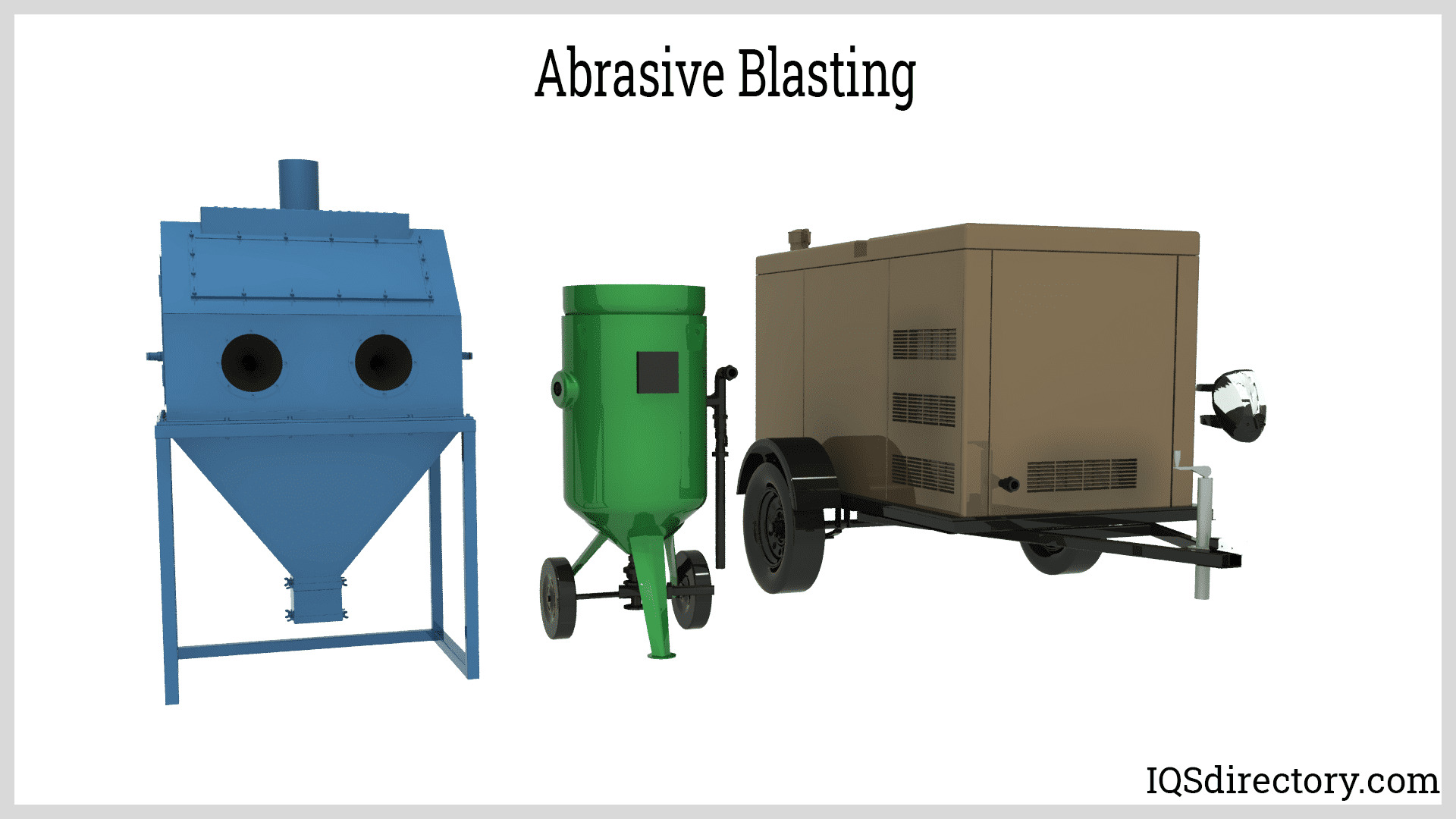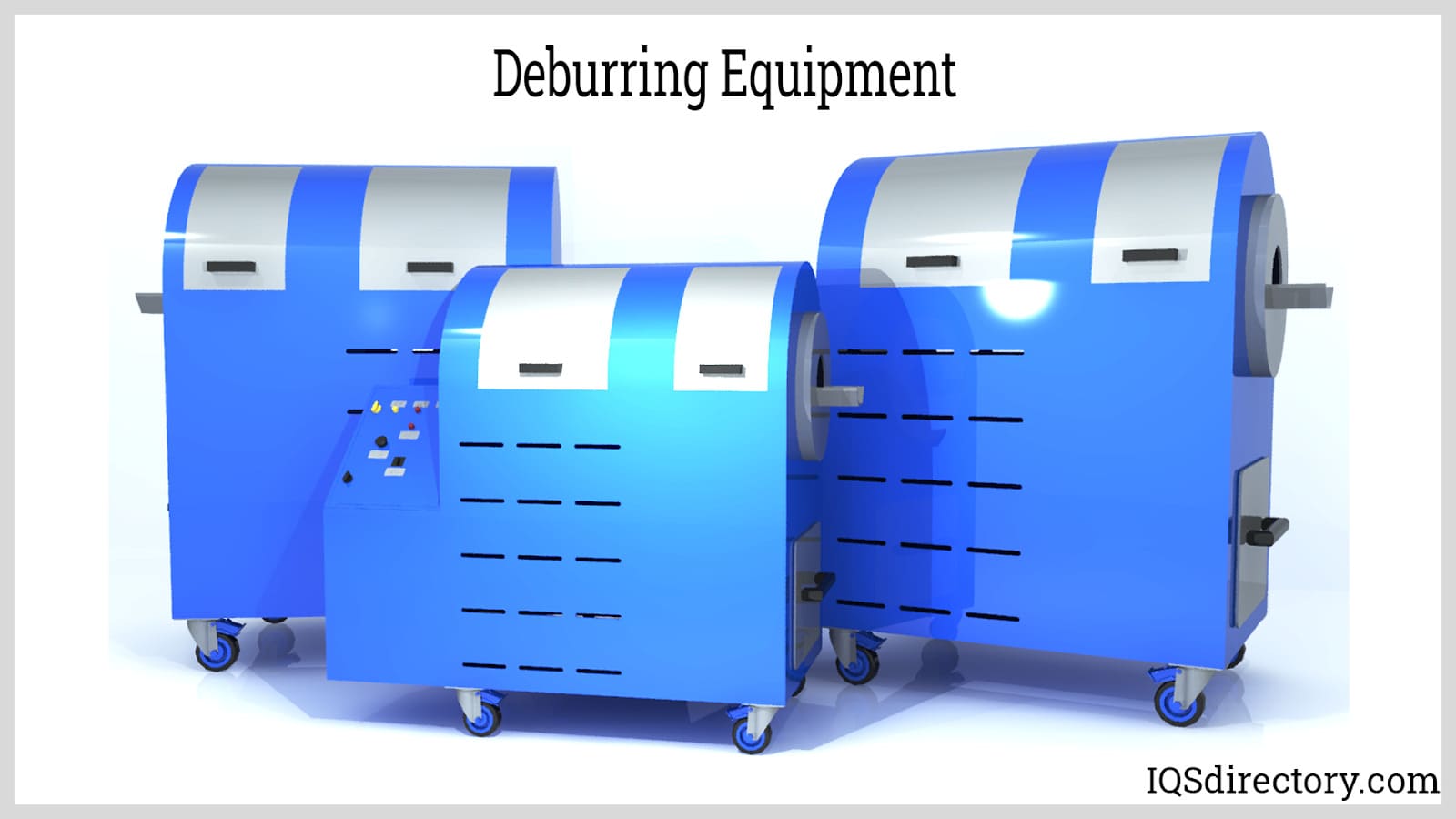During the ultrasonic degreasing process, solvents dissolve the contaminants on the part which then run off, leaving the part clean and sanitized. Degreasing is performed in a contained chamber because of the pressure properties that allow the process to succeed. Read More…
Since 1972, Esma Inc. has been producing quality ultrasonic cleaners, as well as benchtop electropolishing equipment. Esma offers a unique and progressive approach to automating the ultrasonic cleaning process.

Giant Finishing, Inc. is a worldwide manufacturer and supplier of finishing equipment. We are a family owned business with over 25 years of experience in the industry. Our goal is to provide quality equipment and quality customer service for all surface finishing needs, and we supply equipment, chemicals, compounds, and finishing media to companies around the world. Visit our website or call us...

Great Lakes Finishing Equipment, Inc. is a full line supplier of aqueous and semi-aqueous ultrasonic cleaning equipment. Equipment includes benchtop cleaners, tank and generator series, immersible transducers, console systems and engineered systems. Our customers include defense, aerospace, medical, firearms and industrial.

We specialize in ultrasonic cleaning technology that redefines precision and efficiency across industrial applications. At Emerson, we design and manufacture advanced ultrasonic cleaning equipment engineered to remove contaminants from complex parts with unmatched thoroughness.

At SHARPERTEK USA, we specialize in delivering advanced ultrasonic cleaning equipment that meets the highest standards of precision, reliability, and performance. Based in the United States, we design and manufacture a full line of ultrasonic cleaners that serve industries ranging from medical and dental to aerospace, automotive, and industrial manufacturing.

We take pride in being innovators at Mettler Electronics Corp, where we specialize in developing high-performance ultrasonic cleaning equipment trusted by professionals across industries. Our systems are designed to deliver powerful, precise cleaning through advanced ultrasonic technology that removes contaminants from intricate surfaces with efficiency and care.

More Ultrasonic Degreaser Manufacturers
Ultrasonic degreasers are similar to ultrasonic washers or cleaners in that they use high frequencies to create millions of tiny bubbles that perform a scrubbing action and reach into grooves and hidden parts of products that are immersed into agitated water, solvent, or vapor.
Though tightly bonded soils, greases, and contaminants cannot always be removed with the use of ultrasonic degreasers alone, combining traditional cleaning techniques with ultrasonic cleaning technology has been found to be an effective and environmentally-safe method of cleaning. Ultrasonic degreasers are capable of cleaning individual parts as well as multiple items simultaneously and are used in a variety of commercial and industrial applications in the fabrication, metal processing, automotive, pharmaceutical, electronics, and weapons industries.
There are two methods that are combined in ultrasonic degreasers: ultrasonic cleaning and vapor degreasing. Ultrasonic degreasers are composed of metal tanks equipped with heating elements in the bottom of the tanks that heat special cleaning solvents to a boil in a closed vessel. As the solvent evaporates it rises to a chamber where the part is placed. Because of the difference in temperature, the solvent condenses onto the part, dissolves the stain, and drips off of the part. The stain particles are contained in the liquid beads of the solvent which may be collected, filtered, and reused.
The other process is conventional ultrasonic cleaning. The transducer sends electrically signaled ultrasonic frequencies travel through liquid, stretching and compressing the cleaning solution until the molecules can not be stretched any further. The liquid breaks apart, creating innumerable bubbles that form under negative pressure. The size of these bubbles increases until equilibrium is reached and the bubbles are rapidly compressed. Millions of tiny powerful microbursts from the collapsing bubbles perform a scrubbing action that cleans every surface of the item. This process disrupts the adhering soils and thus cleans the part. The tanks also have cooling coils near the top that help condense the vapor.
Other common features of an ultrasonic degreaser include filters, water separators, safety controls and refrigeration capabilities.













 Deburring Machinery
Deburring Machinery Industrial Parts Washers
Industrial Parts Washers Sandblast Equipment
Sandblast Equipment Ultrasonic Cleaners
Ultrasonic Cleaners Castings & Forgings
Castings & Forgings Bulk Material Handling
Bulk Material Handling Electrical & Electronic Components
Electrical & Electronic Components Flow Instrumentation
Flow Instrumentation Hardware
Hardware Material Handling Equipment
Material Handling Equipment Metal Cutting Services
Metal Cutting Services Metal Forming Services
Metal Forming Services Metal Suppliers
Metal Suppliers Motion Control Products
Motion Control Products Plant & Facility Equipment
Plant & Facility Equipment Plant & Facility Supplies
Plant & Facility Supplies Plastic Molding Processes
Plastic Molding Processes Pumps & Valves
Pumps & Valves Recycling Equipment
Recycling Equipment Rubber Products & Services
Rubber Products & Services